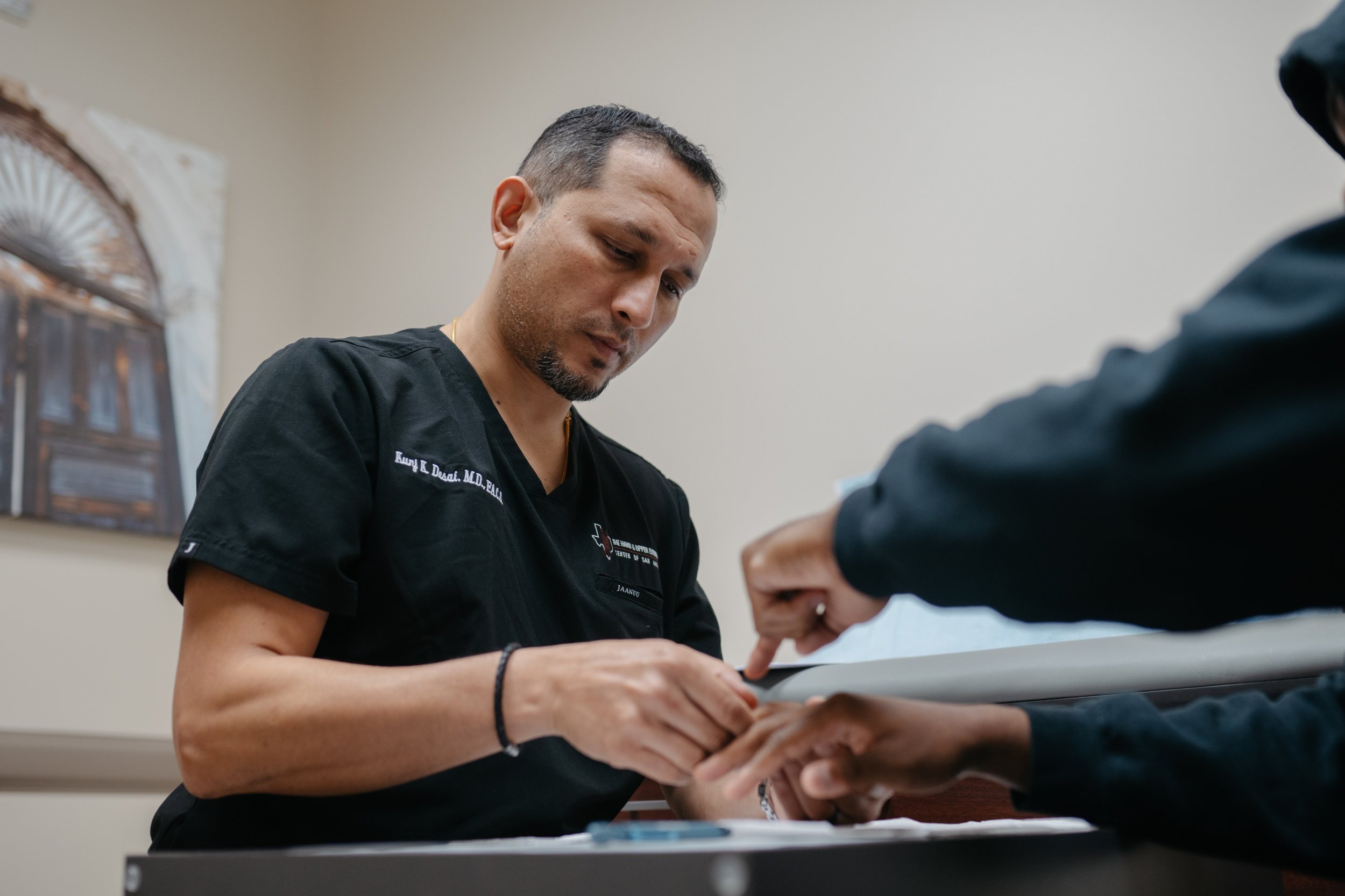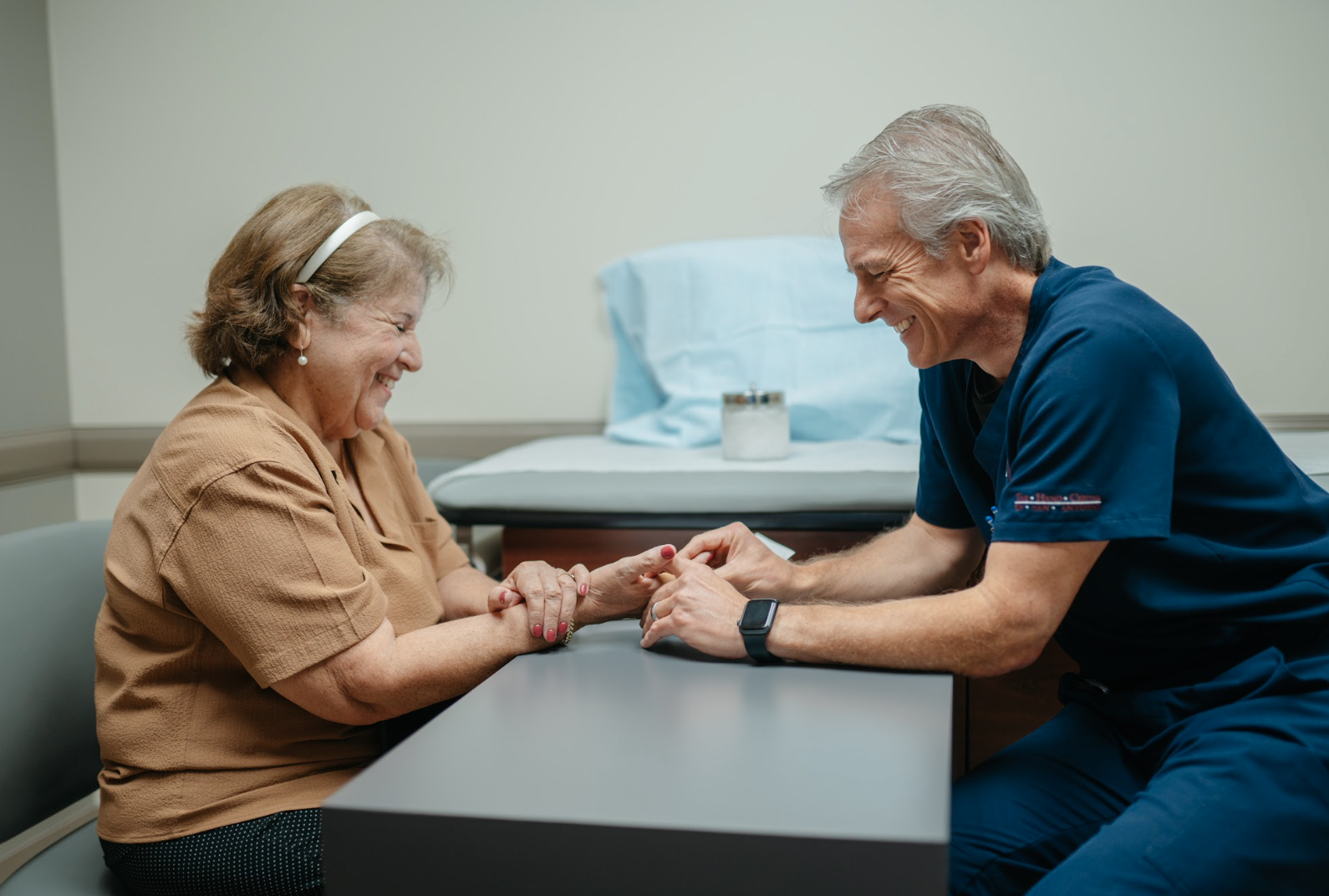When Are Skin Grafts Used in Hand Reconstruction?
Hand reconstruction surgery plays a vital role in restoring both function and appearance after traumatic injuries or conditions affecting the hand. One key technique often employed in this process is the use of skin grafts, which help cover damaged areas and promote healing.
Let’s explore the types of conditions where skin grafts are commonly needed in hand reconstruction and when it's essential to consult with a hand specialist for optimal care.
What Are Skin Grafts?
A skin graft is a surgical procedure where healthy skin is harvested from one area of the body, known as the "donor site," and transplanted to a damaged area that requires coverage. This technique is especially important in hand reconstruction when the skin cannot heal naturally due to severe cuts, burns, infections, or other traumatic injuries. Skin grafts not only aid in the healing process but also help minimize scarring and restore both function and appearance by providing a new protective layer.
Types of skin grafts
In hand reconstruction, the type of skin graft selected depends on the injury's severity and the desired outcome:
Split-Thickness Skin Grafts: These grafts consist of the outer layer of skin and part of the dermis, making them ideal for covering larger wounds. They offer good coverage and faster healing, often being taken from areas with less visible skin, like the thigh or abdomen.
Full-Thickness Skin Grafts: These grafts involve both the epidermis and dermis, providing more durability and a more natural look. Full-thickness grafts are typically used for smaller, visible areas, but they require careful post-operative monitoring to ensure successful healing.
Composite Skin Grafts: These grafts combine skin and other tissues, such as cartilage, to address more complex wounds. While less common, they are necessary for areas of the hand that require additional support beyond just skin.
When Are Skin Grafts Needed in Hand Reconstruction?
Skin grafts are essential in hand reconstruction when severe injuries or conditions prevent the skin from healing naturally. They help close wounds, promote healing, and restore hand function. Skin grafts are typically required in the following cases:
Severe Burns: Severe burns, whether from fire, chemicals, or electricity, often result in significant skin loss. Skin grafts are needed to cover the burn area, close the wound, and support healing, reducing the risk of infection.
Traumatic Injuries: Deep cuts, crushing wounds, or amputations can damage the skin and underlying tissue. Skin grafts are necessary when the skin cannot heal on its own, helping restore both function and appearance.
Infections: Infections that lead to tissue damage or necrosis often require skin grafts to close the wound and promote healing. Grafts help prevent further infection and speed recovery.
Chronic Wounds: Chronic ulcers or non-healing wounds, often caused by conditions like diabetes or vascular disease, may require skin grafts to facilitate closure and healing.
Skin grafts in hand reconstruction not only help heal wounds but also restore hand function and appearance, especially in areas like the fingers and palms.
The Skin Graft Procedure
The skin graft procedure for hand reconstruction involves several steps to ensure successful healing and restoration.
Harvesting the Skin
Skin is carefully removed from a donor site, such as the thigh or abdomen. The amount and type of skin taken depend on the graft needed, whether split-thickness, full-thickness, or composite.Preparing the Recipient Site
The injured area is cleaned, and damaged tissue is removed to create a healthy surface for the graft. Proper preparation ensures the graft adheres and heals effectively.Placing the Graft
The graft is shaped to fit the wound and secured in place using sutures, staples, or adhesives. This step ensures the graft remains stable during the initial healing phase.Healing and Recovery
The graft is closely monitored to ensure it integrates well and prevents complications. Immobilization and follow-up care, such as physical therapy, are essential for restoring hand function.
Skin grafts play a vital role in hand reconstruction, promoting healing and helping patients regain function and appearance.
Choosing the Right Hand Specialist
Selecting the right hand specialist is crucial for achieving the best results. At The Hand & Upper Extremity Center of San Antonio, our skilled surgeons use advanced techniques to promote healing, restore mobility, and minimize scarring. With personalized care plans, we help patients recover fully and regain confidence.
Do you have a hand injury or wound that isn't healing properly? Our team can help!
At The Hand & Upper Extremity Center of San Antonio, we specialize in advanced hand reconstruction techniques, including skin graft procedures, to promote healing and restore function. Schedule a consultation today to receive expert care tailored to your unique needs.







